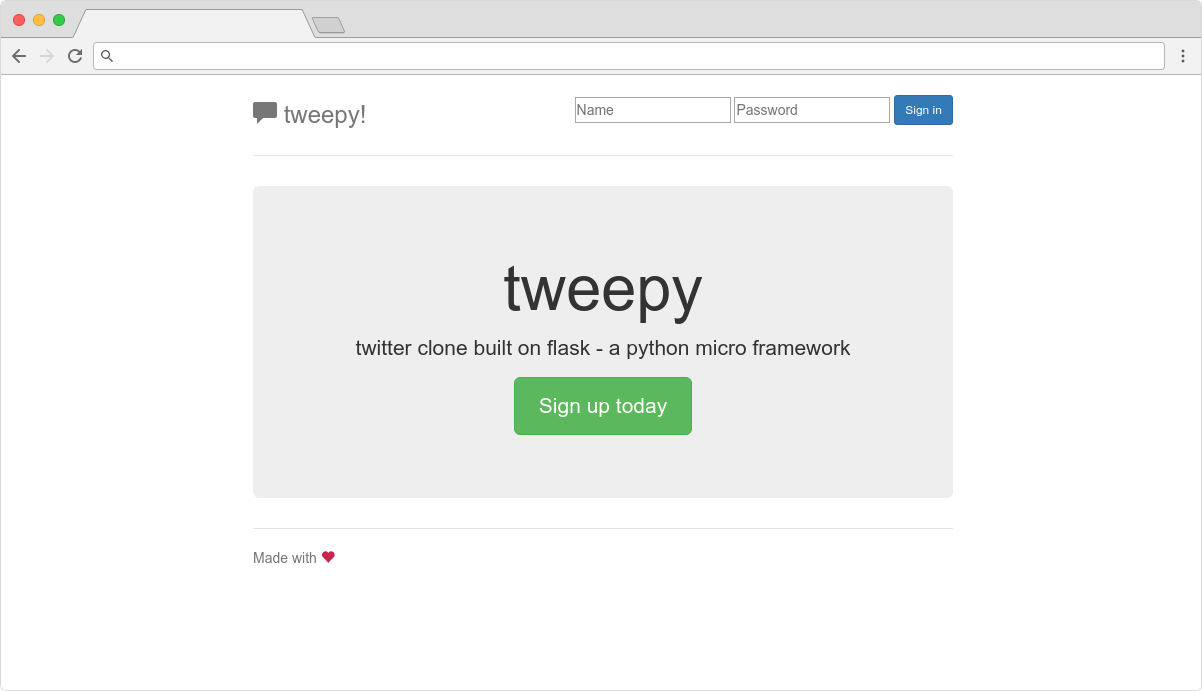Feeding locusts at
🦗 1K QPS 🦗
per restaurant
(while serving quality food)
Guillaume Gelin
ramnes.eu 🇪🇺 🇫🇷




😊
08:30 AM
Bob wakes up.
09:00 AM
Bob arrives at his restaurant.
He is the one taking orders.
10:00 AM
The first client comes in!
11:00 AM
A queue starts.
11:30 AM
Locusts are hungry early.
🙂🖥️🦗🦗 😅🖥️🦗🦗 🙂🖥️🦗🦗 🙂🖥️🦗🦗
12:00 AM
Coworkers arrive! Fiuh.
12:30 AM
Queues are full: global panic!
😱🖥️🦗🦗🦗🦗🦗🦗🦗🦗
😭🖥️🦗🦗🦗🦗🦗🦗🦗🦗
😱🖥️🦗🦗🦗🦗🦗🦗🦗🦗
😱🖥️🦗🦗🦗🦗🦗🦗🦗🦗
12:35 AM
Crisis meeting
🤔
🤔 🤔
🤔
12:40 AM
Bob has an idea...
🤔
😀 🤔
🤔
12:41 AM
What if we used robots?
😀🤖
😎🤖🦗🦗
😍🤖🦗🦗
😎🤖🦗🦗
😎🤖🦗🦗
🦗🦗
🦗🦗
🦗🦗
🦗🦗
🦗🦗
🦗🦗
🦗🦗
🦗🦗
🦗🦗
🦗🦗
🦗🦗
🦗🦗
12:45 AM
Locusts are served much faster,
the queue starts to disappear
13:00 AM
But wait, no!
More and more locusts are coming in...
😱🤖🦗🦗🦗🦗🦗🦗🦗🦗
😭🤖🦗🦗🦗🦗🦗🦗🦗🦗
😱🤖🦗🦗🦗🦗🦗🦗🦗🦗
😱🤖🦗🦗🦗🦗🦗🦗🦗🦗

Scaling Python to
1K QPS
per server
(not doing Hello Worlds)
Quick summary
🦗 = ? 💺🖥️ = ? 😊 = ? 🤖 = ?
It's simple until you
make it complicated.
Step 0
Have something to scale
Have something to scale

😊
-
4 CPU - 16 GB
-
Nginx :80 → :5000
-
Flask
-
SQLite
-
Flask-SQLAlchemy
-
Flask-WTF
-
Flask-Bcrypt
-
Register
-
Log in and log out
-
List tweets
-
Write new tweets
-
List all users
-
Follow and unfollow
Step 1
Identify threats and
define a protocol
Indentify threats
Reads
List tweets
List all users
Writes
-
Register
-
Log in and log out
-
Write new tweets
-
Follow and unfollow
Reads
-
List tweets
-
List all users
Writes
-
Register
-
Log in and log out
-
Write new tweets
-
Follow and unfollow
Define a protocol
-
Only one server (no horizontal scaling allowed)
-
Response time's 95% percentile should stay under 2 seconds
-
Failure rate should stay at 0%
-
Register 1x
-
Log in and log out 2x
-
List tweets 200x
-
Write new tweets 20x
-
List all users 5x
-
Follow and unfollow 5x

$ python run.py50 QPS
Step 2
Parallelize


$ uwsgi --http :5000 --processes 4 --file run.py --callable app$ gunicorn --bind :5000 --workers 4 run:app$ cat tweepy.ini
[uwsgi]
master = true
protocol = http
socket = 0.0.0.0:5000
file = run.py
callable = app
processes = 4
$ uwsgi tweepy.ini180 QPS
Stateful versus stateless
Step 3
Check the database usage
Leverage RAM
Paging is hard
but necessary
Explain
Transaction logs
250 QPS
Step 4
Cache reads
There are only two hard things in computer science: cache invalidation
and naming things.
tweets_cache = {}
@app.route("/tweets", methods=["GET"])
def get_tweets():
...
tweets = tweets_cache.get(user_id)
if not tweets:
tweets = query_tweets(...)
tweets_cache[user_id] = tweets
...
@app.route("/tweets", methods=["POST"])
def post_tweets():
...
tweet.save()
tweets_cache.pop(user_id)
...
@cache()
def query_tweets(user_id, ...):
...
@app.route("/tweets", methods=["GET"])
def get_tweets():
...
query_tweets(user_id, ...)
...
@app.route("/tweets", methods=["POST"])
def post_tweets():
...
query_tweets.invalidate(user_id)
...
But, the application is stateful now?


350 QPS
Step 5
Achieve concurrency

In the future:
asyncio + ASGI




CPU versus I/O
Databases writes
550 QPS
Step 6
???
😱🤖🦗🦗🦗🦗🦗🦗🦗🦗
😭🤖🦗🦗🦗🦗🦗🦗🦗🦗
😱🤖🦗🦗🦗🦗🦗🦗🦗🦗
😱🤖🦗🦗🦗🦗🦗🦗🦗🦗
Step 6
Scale vertically!
😎🤖🦗🦗 😎🤖🦗🦗 😎🤖🦗🦗 😎🤖🦗🦗 😎🤖🦗🦗 😎🤖🦗🦗 😎🤖🦗🦗 😎🤖🦗🦗
🦗🦗
🦗🦗
🦗🦗
🦗🦗🦗🦗
🦗🦗
🦗🦗
🦗🦗
🦗🦗
🦗🦗
🦗🦗
🦗🦗🦗🦗
🦗🦗
🦗🦗
🦗🦗
🦗🦗
🦗🦗
🦗🦗
🦗🦗🦗🦗
🦗🦗
🦗🦗
🦗🦗